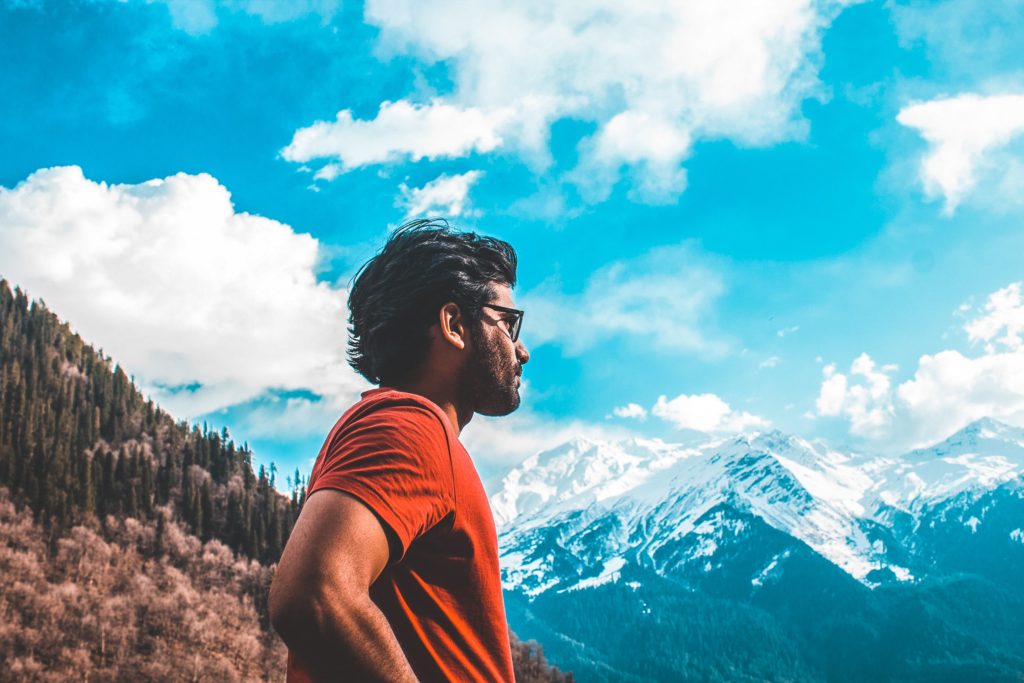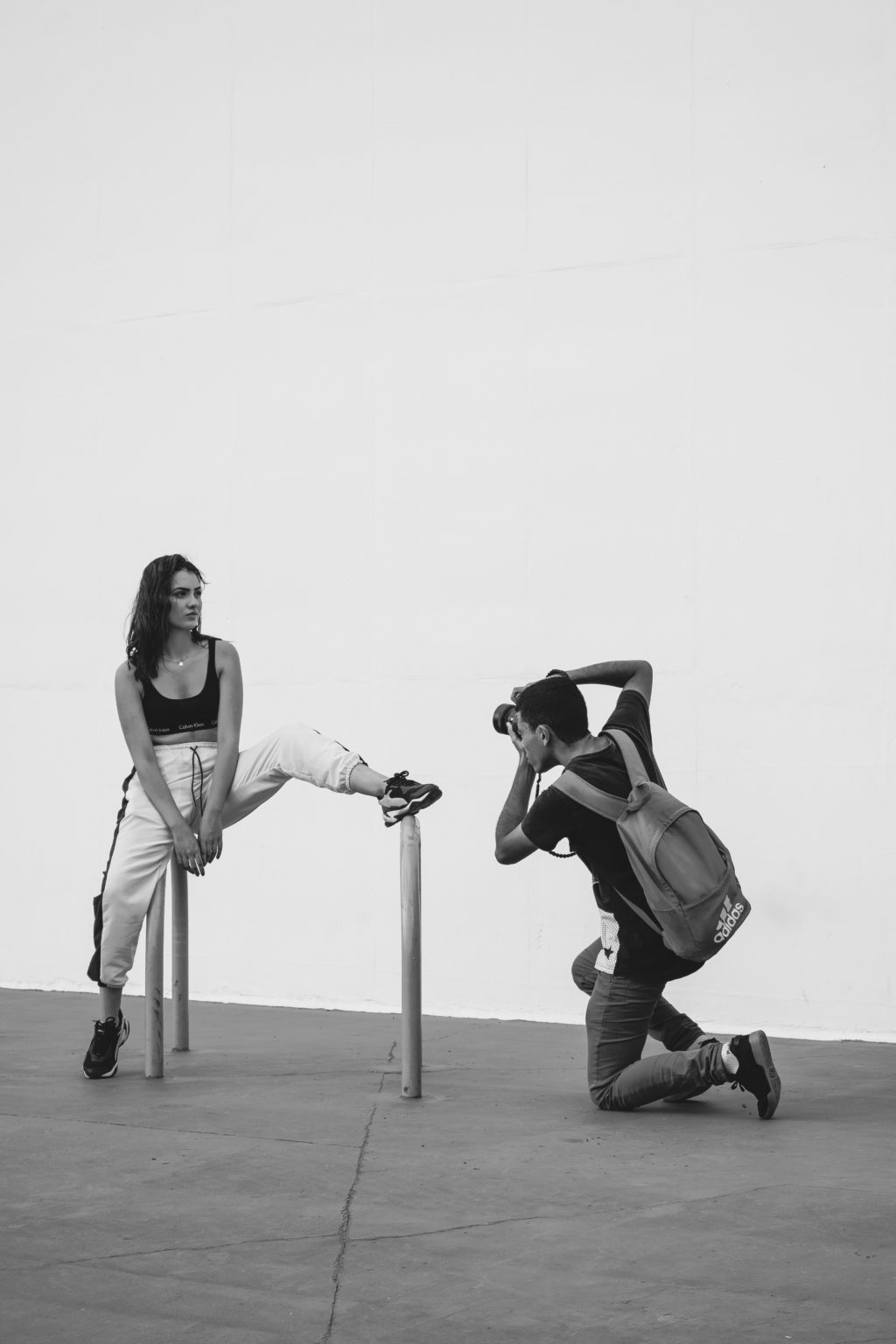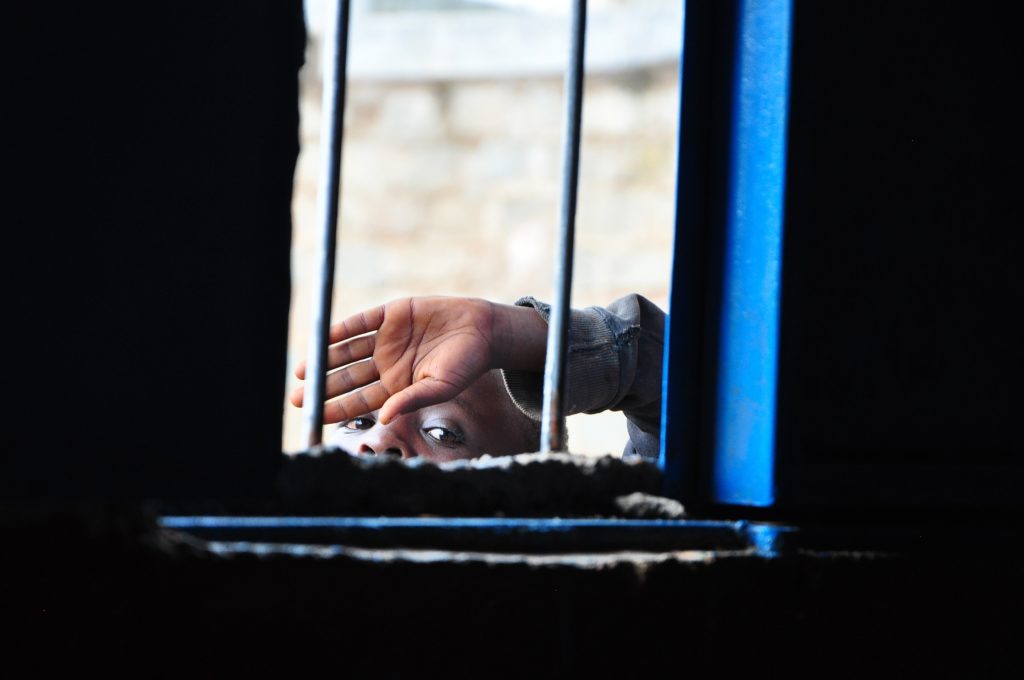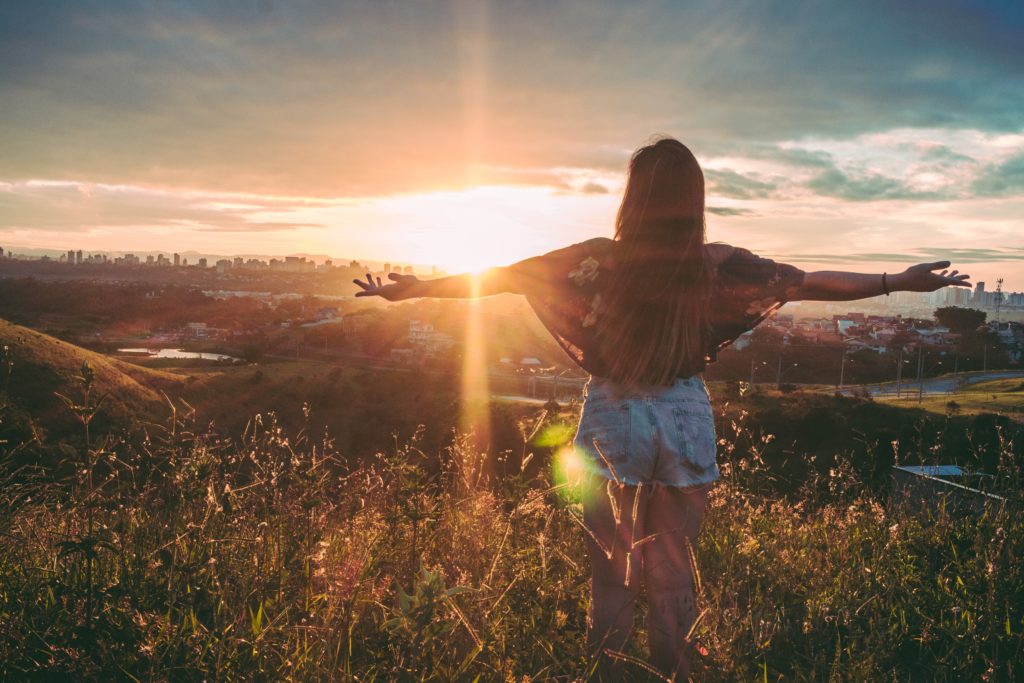I’m convinced that the majority of new photographers who go out and spend their hard earned money on a good camera and lens setup do so with good intentions.
They really do plan on learning how to make excellent photos.
Certainly, the learning process is different for everyone — some get the hang of the craft more quickly than others. Of course, the internet is awash in advice on how to be a good photographer, though too much of it tends to revolve around technical settings and gear acquisition.
If it is at all possible to “teach” someone how to be a good photographer, I believe those lessons should be practical in nature.
With that in mind, here are five things you can do to take great shots every time.
1. Know What You Want
Pre-visualize what you want to create before you even arrive on the scene. Of course, once you’re in the moment you may find that the situation isn’t exactly how you imagined it, but that’s okay.
Going into the situation feeling prepared will make it easier to adapt and make little changes along the way. Just because every single aspect of your shot doesn’t come out like you planned doesn’t mean you failed, and the final shot might even be better than you envisioned.

2. Get Closer
How did you respond last time you saw something you really wanted to photograph? Did it stop you dead in your tracks?
This seems to be the most common reaction when people are captivated by something. It’s human nature, I suppose. But if you’re a photographer, don’t stop there. When you see something worth taking a picture of, get closer to it.
Sure, you have to account for things like personal safety and perspective distortion, but you should generally make it a point to get as close as sensibly possible to your subject.

3. Work The Scene
Never be satisfied with the first shot you take. Even if you feel you’ve got a definite winner, keep working the scene. Reposition yourself, reposition your subject (if possible), change your perspective, take a look around you in every direction.
Don’t get locked into a single vision. A slight change in something in your environment can have a powerful impact on your photo, so get in the habit of being thorough and milking a scene for all it’s worth.

4. Stay Vigilant
Always be ready to capture a great moment. The best moments are typically candid and spontaneous. This is why the best street photographers will pick an area and intensely scope it out, finger on the shutter button, ready to pounce.
Wildlife and event photographers also find this technique valuable, but what about portrait photographers?
No matter how comfortable someone is in front of the camera, they’re still likely to reveal a more relaxed, perhaps more playful side of themselves after the shutter button has been pressed. So if you want to capture a more casual and candid portrayal of your subject, keep paying attention to them even after they’ve stopped paying attention to you.

5. Return To The Scene
This tip is akin to working the scene, but in this case, you’ll want to return to the scene under completely different circumstances — a different time of day, different weather conditions, different lighting, a different season.
I can almost guarantee that any location has much more to offer than you will get out of it in one visit. So return to the scene and explore it under different conditions. You will be glad you did.

Final Thoughts
Anyone can learn the exposure triangle and set their camera accordingly. Anyone can read through the manual and master all the controls and settings on their camera.
But good photos are the result of so much more than those things. It takes focused practice, patience and commitment to begin feeling like you’re making any sort of meaningful progress.
Once you’ve got all the technical stuff figured out, the path toward making legitimately good photos becomes a bit more abstract. The tips above will hopefully help clear the way for you.




